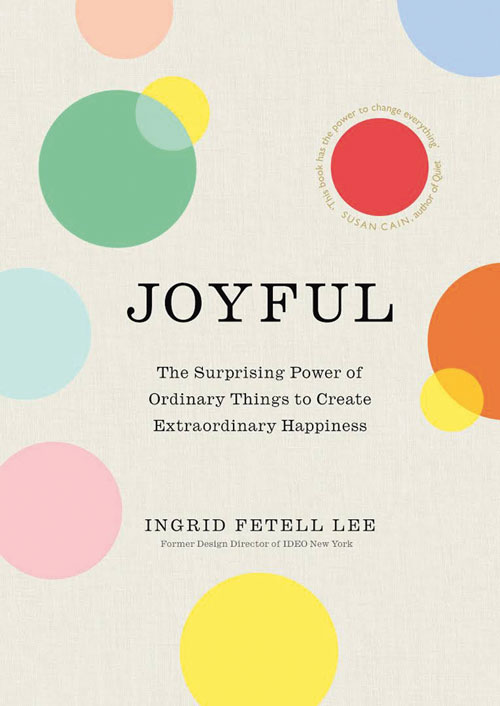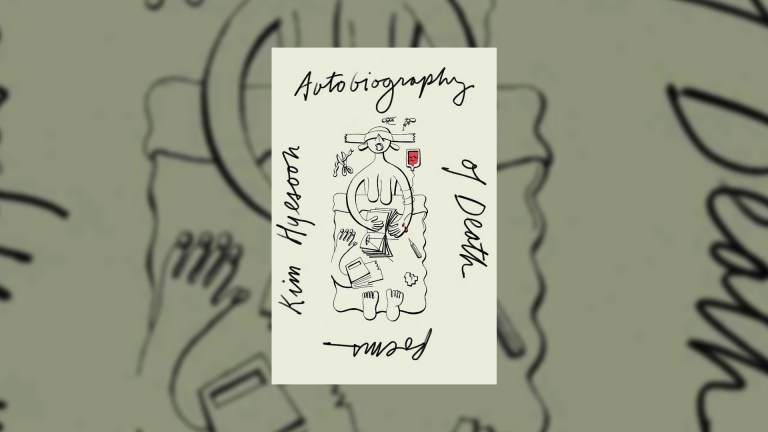I didn’t set out to study joy for a living. But about 10 years ago, an offhand comment changed the course of my life.
It was the last day of my first year of design school. I stood in front of a panel of professors, displaying my designed objects; teacups, a lamp, a trio of stools. The professors were long silent as they looked over the collection. Then one man said, “Your work gives me a feeling of joy.”
Joy? I felt a flash of irritation. I was studying to be a designer because I wanted to make things that solved serious problems. The stools I had designed were intended to help people with balance problems strengthen the stabilising muscles of the legs and core. The lamp had bendable arms with LED lights to help craftspeople better illuminate their work and prevent eyestrain. I cared about how things worked, not how they made people feel. Joy seemed fluffy and frivolous – and completely beside the point.
But at the same time, I felt a spark of curiosity. Joy was a feeling, intangible and elusive – what did that have to do with the things on the table next to me? I had always believed joy came from within us, not around us. How, then, could tangible things elicit this feeling of intangible joy?
I found I couldn’t stop thinking about this question. Wherever I went – in cafés and on buses, in parks and at parties – I asked people about the things and places that brought them joy. Certain things kept coming up again and again. They were things like hot air balloons and bubbles, treehouses and beaches, flowers and rainbows. These things cut across lines of age, gender and ethnicity. They weren’t joyful for just a few people. They were joyful for nearly everyone.
What made these things so universally joyful, I wondered. I started pinning pictures of them up on my studio wall, and one day as I looked at them, something clicked. I saw lollipops, pom-poms and polka dots, and it dawned on me: they were all round. Vibrant quilts kept company with Matisse paintings and rainbow candies: all bursting with saturated colour. And I saw other patterns too: symmetrical shapes, a sense of abundance and multiplicity, natural textures, a feeling of lightness or elevation.











